House shaking - who to call
jennifw
12 years ago
Featured Answer
Sort by:Oldest
Comments (20)
don_1_2006
12 years agorandy427
12 years agoRelated Professionals
Boca Raton Kitchen & Bathroom Remodelers · Chicago Ridge Kitchen & Bathroom Remodelers · Gilbert Kitchen & Bathroom Remodelers · Oceanside Kitchen & Bathroom Remodelers · Pinellas Park Kitchen & Bathroom Remodelers · Alhambra General Contractors · Arlington General Contractors · New Braunfels General Contractors · Valley Stream General Contractors · Acworth Painters · Eastvale Painters · Hampton Bays Painters · Lakeland North Painters · Solana Beach Painters · Southbridge Painterssunnyca_gw
12 years agoChristopher Nelson Wallcovering and Painting
12 years agoron6519
12 years agosdello
12 years agokarinl
12 years agoMongoCT
12 years agoChristopher Nelson Wallcovering and Painting
12 years agoMongoCT
12 years agoChristopher Nelson Wallcovering and Painting
12 years agosdello
12 years agobill_g_web
12 years agosdello
12 years agojennifw
12 years agosdello
12 years agosierraeast
12 years agosdello
12 years agosierraeast
12 years ago
Related Stories
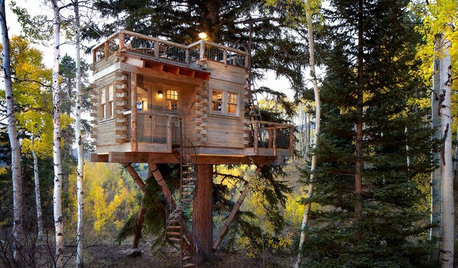
TREE HOUSESHouzz Call: Show Us Your Well-Designed Treehouse or Tree Fort!
Got a great treehouse or tree fort? We want to see it! Post yours in the Comments and we’ll feature the best in a future article
Full Story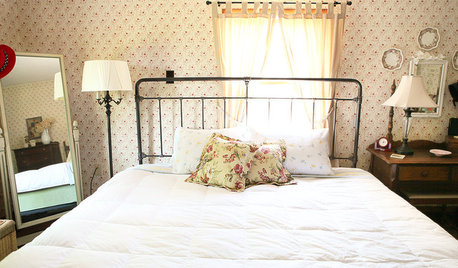
LIFEDo You Live in Your Childhood House?
Tell us about the home you grew up in — whether you live there now or not — and share your pictures!
Full Story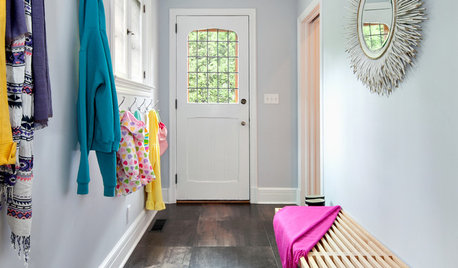
MUDROOMSHouzz Call: We Want to See Your Hardworking Mudroom
The modern mudroom houses everything from wet boots to workstations. Proud of your space? Inspire us with your photos and tips
Full Story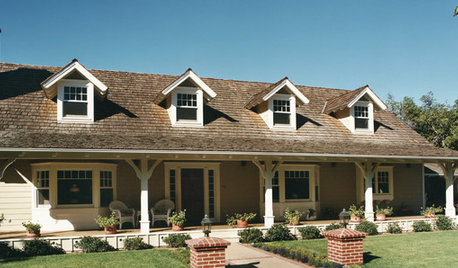
ROOFSNo Substitute for the Natural Beauty of Wooden Roof Shingles and Shakes
This natural, renewable roof option brings weathered character and nostalgic appeal to traditional-style homes
Full Story
PETSHouzz Call: Show Us Your Summer-Loving Dog!
Share a photo of your pooch kicking back in the backyard, helping you in the workshop or enjoying your favorite summer getaway
Full Story
HOUZZ TOURSHouzz Tour: High Contrast Shakes Up a Townhouse
A tight budget and a run-of-the mill space didn’t stop two designers from whipping up chic interiors
Full Story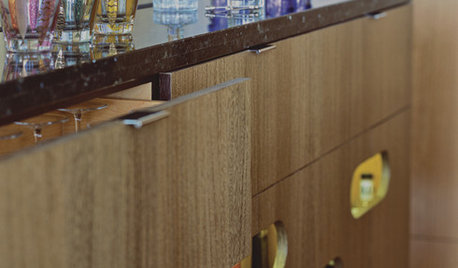
ENTERTAINING16 Ways to Shake Up Your Summer Bar
Add dash to your splashes and kick up your mixes with a bar area as cool as your summer cocktails
Full Story
LIFEHouzz Call: Show Us Your Nutty Home Fixes
If you've masterminded a solution — silly or ingenious — to a home issue, we want to know
Full Story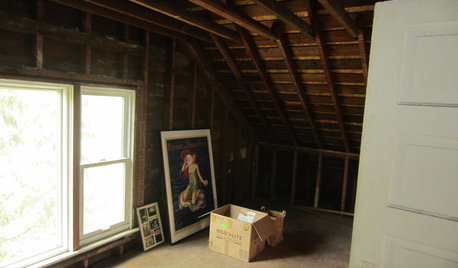
Houzz Call: What Gives You the Creeps at Home?
Halloween horror got nothing on your basement, attic or closet? Show us that scary spot you steer clear of
Full Story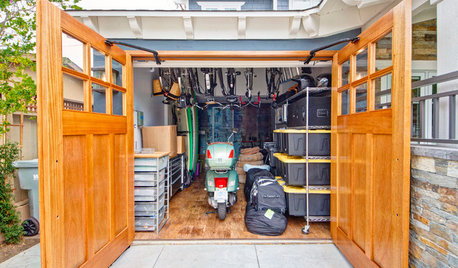
GARAGESHouzz Call: How Do You Put Your Garage to Work for Your Home?
Cars, storage, crafts, relaxing ... all of the above? Upload a photo of your garage and tell us how it performs as a workhorse
Full StoryMore Discussions






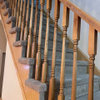
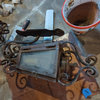


bill_g_web